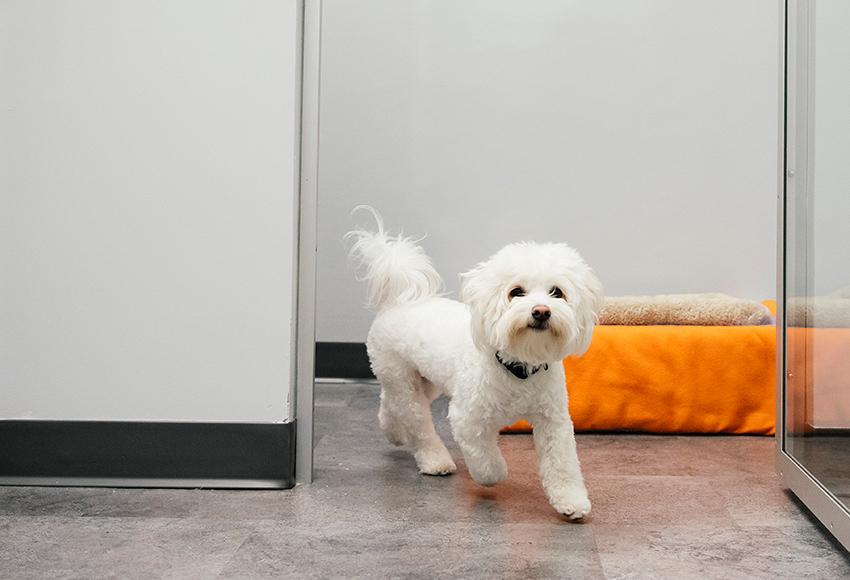How to Tell If Your Dog Has Allergies or a Spring Cold
March 7, 2025

Springtime in Alexandria, VA, brings nice weather, warmer temperatures, and unfortunately, an increase in allergens. Like humans, dogs can suffer from seasonal allergies or even catch a spring cold. But how do you tell the difference between the two? Understanding the symptoms and when to seek veterinary care can help keep your pup happy and healthy this season.
Common Symptoms of Seasonal Allergies in Dogs
Seasonal dog allergies are typically caused by environmental allergens such as pollen, mold, and dust mites. Symptoms often include:
- Excessive itching and scratching
- Red, watery eyes
- Runny nose or sneezing
- Frequent ear infections or head shaking
- Licking or chewing paws
- Skin irritation or hot spots
Dogs with allergies may show symptoms for weeks or months, especially during peak allergy seasons.
Signs Your Dog May Have a Spring Cold
Dogs can develop cold-like symptoms due to viral or bacterial infections, although it is less common. The illnesses are often mild and resolve on their own. Knowing the signs can help you take proper action. Common symptoms of a dog cold include:
- Sneezing and nasal congestion
- Coughing or hacking
- Watery or slightly thick nasal discharge
- Mild lethargy
- Decreased appetite
- Low-grade fever
Unlike allergies, colds are usually short-lived (7–10 days) and may be accompanied by a temporary decrease in energy levels.
How to Differentiate Between Allergies and a Cold
One key difference is the duration and triggers. Allergies tend to persist over a longer period and are often triggered by outdoor exposure. Cold symptoms typically improve within a week.
When to Seek Veterinary Care
If your dog is experiencing severe symptoms such as difficulty breathing, loss of appetite, or unusual discharge from the nose or eyes, let your veterinarian know.
How to Help Your Dog Feel Better
For allergies:
- Wipe down your dog’s paws and coat after outdoor walks
- Use a vet-approved antihistamine or allergy medication
- Bathe your dog with hypoallergenic shampoo
- Keep bedding and living spaces clean to minimize allergens
For a cold:
- Provide plenty of fresh water and rest
- Use a humidifier to ease congestion
- Offer warm, nourishing foods if your dog’s appetite is low
- Keep your dog away from other dogs to prevent potential spread
Understanding the difference between seasonal allergies and a spring cold can help you provide the proper care for your pup. Whether it’s allergies or a mild cold, a little extra TLC can make all the difference in your dog’s comfort and recovery this season.
Helpful Links:







